Rise of the machines: is EDM pushing other genres out?
It’s the season of live music festivals. But you’d be forgiven for thinking it’s the season of EDM (electronic dance music) festivals. The last couple of months have seen the likes of Skrillex, Afrojack, DJ Snake, Hardwell and Above & Beyond perform in and around the city.
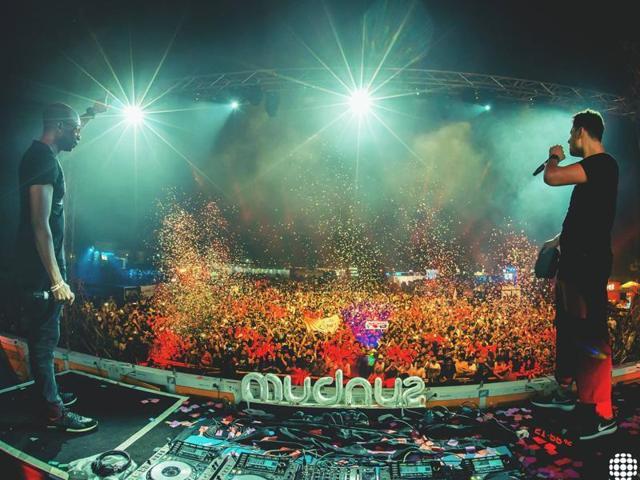
A Hardwell gig earlier this month saw about 80,000 people (according to organisers) fill up the DY Patil Stadium in Navi Mumbai. In its first year (2013), Supersonic Goa attracted a footfall of about 50,000. They claim it doubled in 2014, and its organisers are expecting a further 50 per cent increase this year. According to Sunburn Goa, the older rival, a couple of beaches away, 3 lakh people attended in 2014.
But EDM isn’t just taking over Goa’s beaches. The genre marked by (largely) lyric-less music is taking over venues in the city as well. Be it local clubs, open grounds or pop-up events, you’re far more likely to find EDM playing than pop, folk, rock or even Bollywood. It seems the fame and adulation once enjoyed by pop stars like Britney Spears and Madonna now belongs to electronic music producers like David Guetta, Armin Van Buuren and Swedish House Mafia.
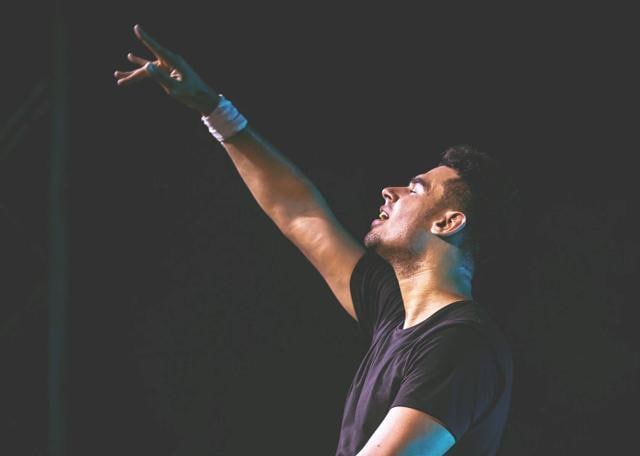
“The rise of EDM as a subculture in urban India, especially in the last five years, mirrors a global trend. It was inevitable that the music would reach the ears of young India,” says Arjun S Ravi, co-founder of NH7 Weekender music festival and a director at artist and event management company, OML (Only Much Louder).
Some argue that EDM, which typically finds favour among the youth, makes for easy listening. Understanding a raga or following lyrics aren’t prerequisites. In other words, it’s ‘dance music’, something you’re meant to enjoy without requiring critical appreciation.
Ruchika Tiku, head of programming at Blue Frog, the city’s premier live music venue, says, “The question is whether it’s the music that’s popular, or the culture that goes with it. And if people are actually thronging festivals for the music, or just because they think ‘everyone will be there’.”
The local scene
The popularity of EDM festivals has also gradually convinced city venues to host more EDM gigs than ever before. “The preference for EDM is noticeable,” acknowledges Nevil Timbadia (32), co-owner of popular bar Bonobo. “It’s this generation’s coming-of-age music, like we had rock when I was growing up.” The Bandra venue has been hosting live acts in diverse genres ever since its launch in 2008. EDM, needless to say, is a new addition.
Surprisingly, the India outlets of the global chain, Hard Rock Cafe, too, opened its doors to EDM this July. Traditionally known for, well, rock music, the decision was taken following repeated requests by its patrons for dance music (especially on weekends). So far, Sound Avtar, Spryk (both Mumbai-based) and Big City Harmonics (from Pune) have performed at the Insanium Club Nights (sic) at the Andheri outlet of Hard Rock...
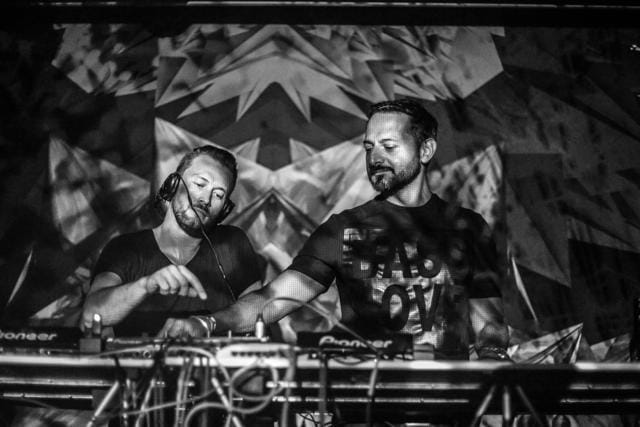
NH7 Weekender, the country’s foremost indie music festival, with editions in many cities, has also gradually included more electronica artists in its programming since its launch in 2010. Ravi reasons it has less to do with it being the latest fad, and more to do with an increase in the number of home-grown EDM artists, “…which leads to having a bigger pool of artists to pick from,” he says. The logic is hard to argue with, since NH7 Weekender’s philosophy is to promote local indie talent. He adds, “Even with international EDM acts, we don’t get mainstream acts like Hardwell or Deadmau5, but alternative artists such as Flying Lotus, John Hopkins and SBTRKT.”
Let’s talk money
But as the world’s top-ranking DJs make a beeline for India, the question that begs to be asked is: Why don’t we see major artists that are currently topping the charts in other genres come to the country? Why is India, as the Guardian newspaper called it in a 2014 article, a “graveyard for western genres” outside of EDM? A one-off Beyoncé concert in 2007, a few odd concerts by musicians whose careers peaked a couple of decades ago (Bryan Adams, Slash, Gilby Clarke) hardly mimics a global music trend. Jaideep Singh, business head, Integrated Network Solutions, Live Viacom18, which organises Supersonic, explains: “The cost of production for pop or rock events is insane. If you talk of a Justin Bieber or Miley Cyrus, their fees make it commercially unviable for Indian promoters. Plus, they come with 10 tons of cargo. They have equipment, a bigger crew, and other staff members. It’s much easier to produce an EDM gig.”
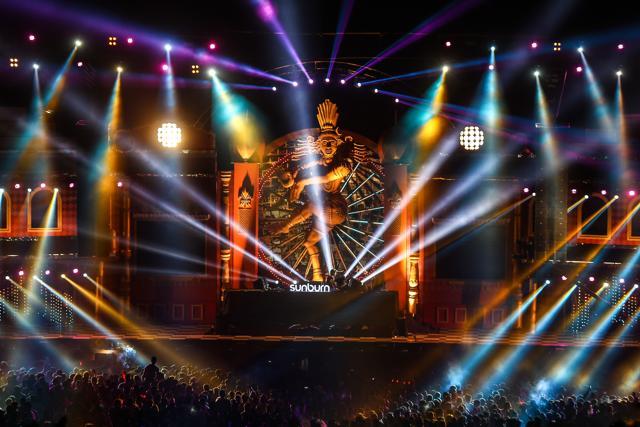
The ugly side effects
While it might make financial sense to host EDM producers, it does leave musicians from other genres in a bit of a lurch. “An EDM producer can be as loud as a four-person band. But I think people will eventually realise that there’s something different about listening to live musicians. It’s up to the festival programmers and venues to make sure the EDM trend doesn’t discourage good bands,” says Tejas Menon, an acoustic pop-rock singer-songwriter, who has performed at events such as the Pune and Delhi editions of NH7 Weekender, and Ragasthan Music Festival.
Last week, Bacardi Enchanted Valley Carnival, a ‘multi-genre electronic music festival’, had but one small stage dedicated to live music. Held annually at Aamby Valley City, Lonavla (since 2013), it has a camping site which is a big part of its USP. Except, this year, the camping facilities, or the lack of any rather, left festival-goers infuriated. Mumbai resident and festival regular Jap Dev Gill (23) says, “There was no running water, no tissues in the washrooms. We paid a discounted price of `4,000 per head (as opposed to `7,000) for essentially a piece of land on which to pitch our own tents. It would have been cheaper and better to rent a hotel room in Lonavla.”
But festivals have become places to be seen at, and EDM gigs are the new rock concerts. And the trend of international DJs filling campsites, stadiums and clubs will continue for the foreseeable future.
Know your EDM
For the next time someone says, “It all sounds the same”
House: Originated in Chicago in the early 1980s, it is the most popular form of EDM. It has a repetitive 4/4 beat.
Tempo: 120-130bpm (beats per minute)
Notable artists: Swedish House Mafia, David Guetta, Avicii
Trance: Emerged in Germany in the 1990s. It incorporates other electronic music styles such as techno, house and ambient music.
Tempo: Varied (125-150 bpm)
Notable artists: Armin Van Buuren, Tiesto, Hardwell, Ferry Corsten
Dubstep: Born in England in the late 1990s, it’s characterised by a syncopated rhythm (off-beat, basically) and a strong bassline.
Tempo: 140bpm
Notable artists: Skrillex, Zed’s Dead, Excision
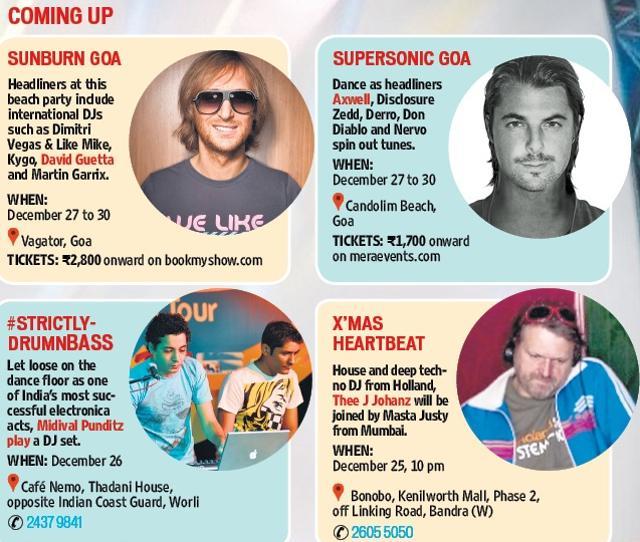
How our taste in music changed
1930s : Jazz comes to India in places like Bombay and Calcutta, with artists like Leon Abbey and Teddy Weatherford bringing the latest sounds to the country.
Mid-1940s: With Independence, more and more Indians began taking over the jazz scene in the country. People like Antonio Vaz, better known as Chic Chocolate, were noteworthy home-grown exponents.
1960s: Beat music, which later evolved into rock ‘n’ roll, becomes incredibly popular with young people tiring of jazz. The explosion of British beat groups like The Beatles, The Rolling Stones and The Who helped.
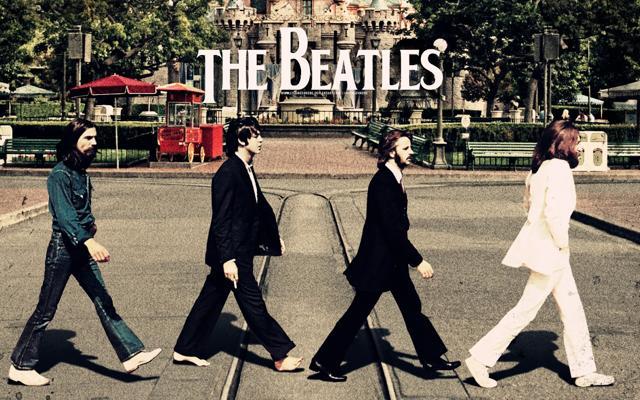
1970s: Indian rock ‘n’ roll groups sprout up, but they predominantly play covers. Noteable artists: The Savages, High, Human Bondage.
1990s :A few rock bands, inspired by the success of Indus Creed and more confident in their own sound, start writing and performing their own music. Noteable artists: Pentagram, Thermal and a Quarter, Orange Street.Inspired by the Asian Underground and house music from around the world, artists like Midival Punditz start producing their own electro-fusion dance music.With clubs and discotheques cropping up all over, dance music and DJs start becoming the defining nightlife music experience. Indi-pop artists like Colonial Cousins and Bombay Vikings rise to fame.

2000s: Internet access, and the reduced barriers to listen to music, enable artists of all genres to expand their influences, and eschew the mainstream in lieu of a growing community of alternative music fans.
2010s: The explosion of music festivals around the country puts Indian and international artists on the same stages, and gives music fans more options to experience rock, metal, electronic music, and more.
— By Arjun S Ravi, co-founder of NH7 Weekender, and creator of Standing By, a documentary on Indian independent music





